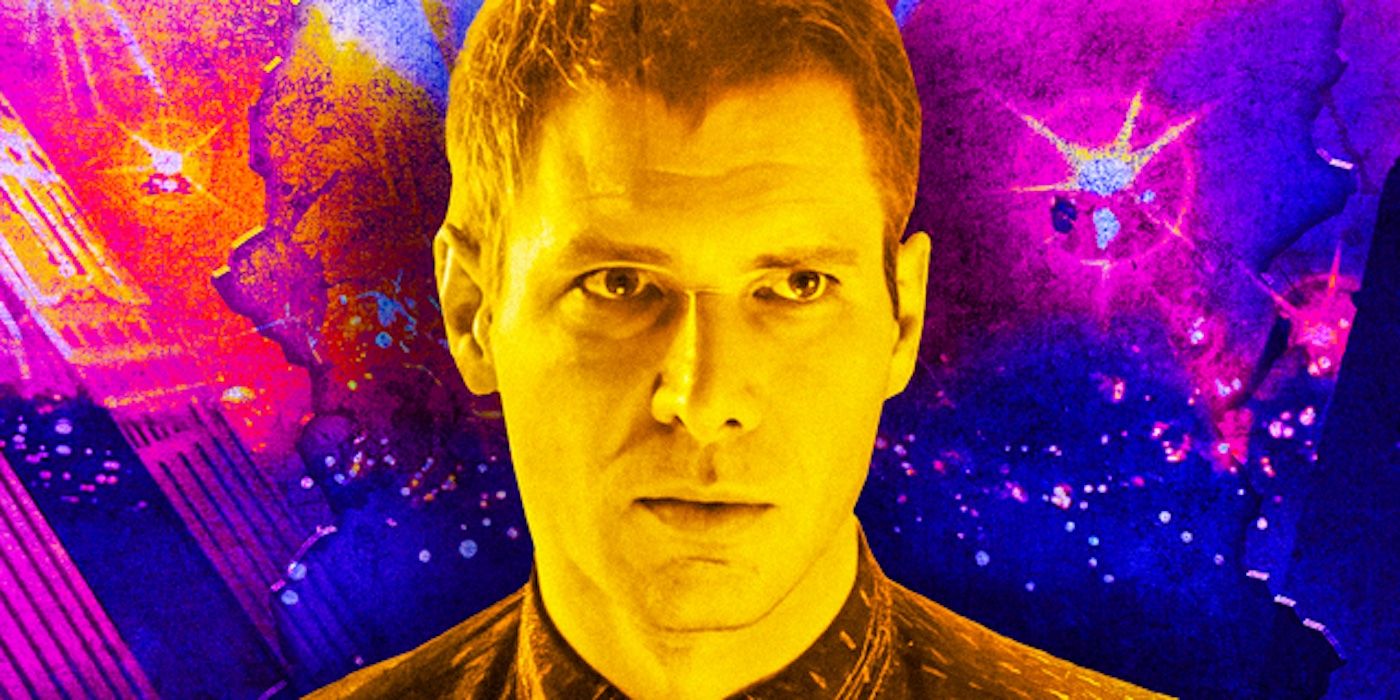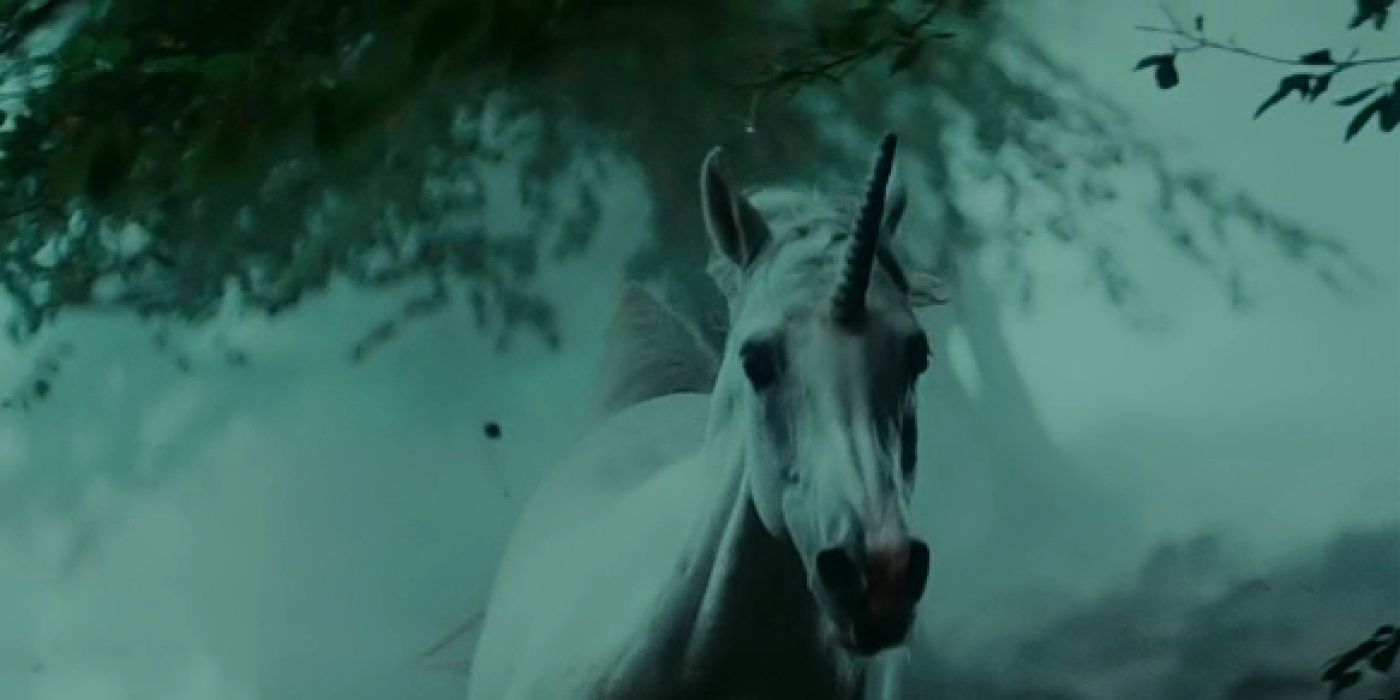Blade Runner
Summary
While the debate over which version ofBlade Runneris well will rage on forever and a day , one argument disclose which cut is the best to determine first . Released in 1982,Blade Runnerconfounded critics and disappointed at the box office . However , in the eld that be , the challenging sci - fi neo - noir earn a cultus following and finally became recognized as a classic . LikeThe Shiningbefore it , Blade Runnerwent on to be moot an uncontested masterpiece , and its harsh original review article were written off when critics reappraised director Ridley Scott ’s offbeat adaptation of Philip K Dick ’s novel .
Since there arenumerous dissimilar cuts ofBlade Runner , the merits of each are still hotly debated . Reviewers might agree thatBlade Runneris an crucial spell of influential sci - fi cinema , but critics and fans alike still argue over which is the estimable cut . TheBlade RunnerDirector ’s Cut tally in novel textile and expunge some elements that the studio ab initio insisted on including , while the Final Cut restored the famous unicorn ambition sequence in all its glorification . Blade Runner ’s theatrical cutincluded a voiceover that was jettisoned in subsequent spill , as well as a outlandish studio apartment - mandate closing .
Ridley Scott is one of Hollywood ’s most influential sci - fi music director ; from Exodus to Alien , here ’s every one of his flick ranked from worst to best .

Cutting Blade Runner’s voiceover makes the movie trickier for newcomers
While the notorious ending alone ensures it is not the in effect version , the theatrical cut is the bestBlade Runnerfor fresh viewers . Deckard ’s story explains the moving picture ’s knotty plot of ground with far more clarity , allowing fooling viewer to empathize what is happening without reading Dick’sDo Androids Dream of Electric Sheep?Although Deckard ’s voiceover might seem spare upon rewatch , it is essential for understanding the movie ’s plot as a first - prison term viewer . Despite the predominate belief thatBlade Runner ’s theatrical cut is not the best adaptation , therefore , it is the best situation for a fledgling to commence .
A stack of the large experiential questions thatBlade Runnerasks are less approachable if the witness does n’t interpret what is actually happening in the story . The doubtfulness of whetherDecked is a replicantlike Roy Batty would be impertinent if the witness did n’t realise that Deckard struggled with eliminating the replicants - something that is easy to harvest when his voiceover is let in . From major plot point to Deckard ’s intimate difference of opinion , a lot ofBlade Runner ’s story is not visually seen onscreen . As such , the Final Cut and Director ’s Cut are more ambitious and compelling , but the theatrical cut is a sodding introduction to the movie .
The Theatrical Blade Runner Cut Is Not The Best Version Of The Movie
Blade Runner’s narration isn’t enough to salvage the theatrical cut
Easier to surveil it might be , but the theatrical cut is still nowhere near as good as theBlade RunnerFinal Cut when measured in terms of outright quality . Blade Runner ’s puzzling endingis primal to the pic ’s cult status , and a certain point of ambiguity is necessary for the movie to make its larger thematic point about the nature of existence . Blade Runnernever explaining whether Deckard is a replicant is a pure case of leaving a vast plot factor up to the viewer in a way that enhances the story .
As such , Blade Runner ’s theatrical cut is only of the essence showing for the uninitiated . For everyone else - those already conversant with the earth , character , and basic narration , Ridley Scott ’s Final Cut offers a far richer , more authentic experience raise by the extra dot of mystery . The studio apartment tampering is apparent within the theatrical cut , and while helpful for first timers , the narration becomes detrimental thereafter .
Cast






